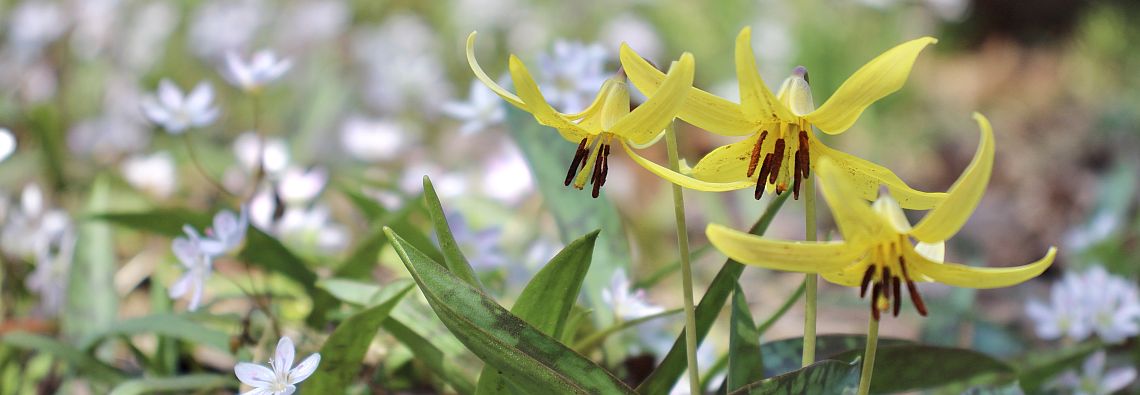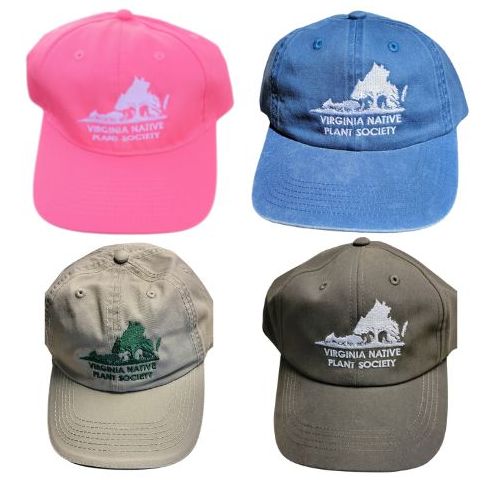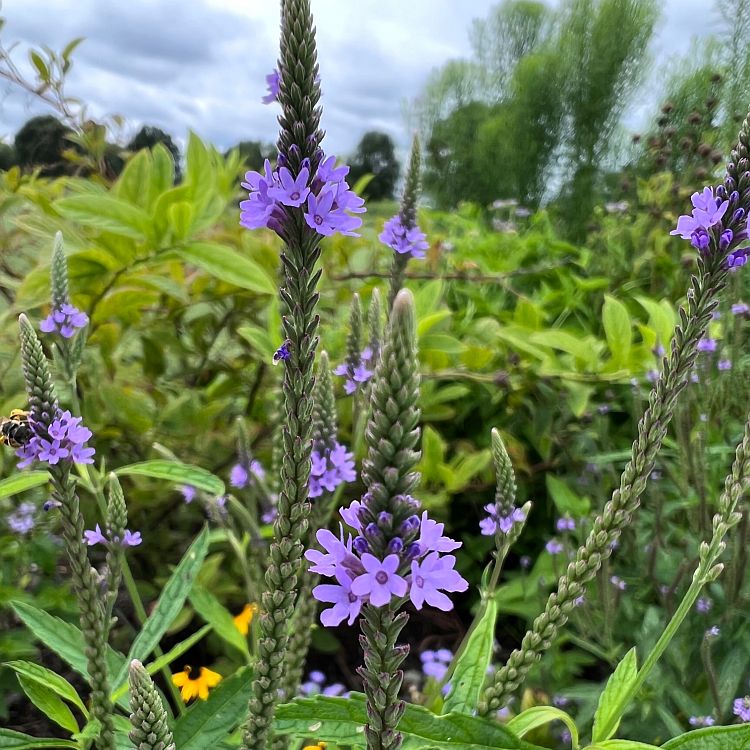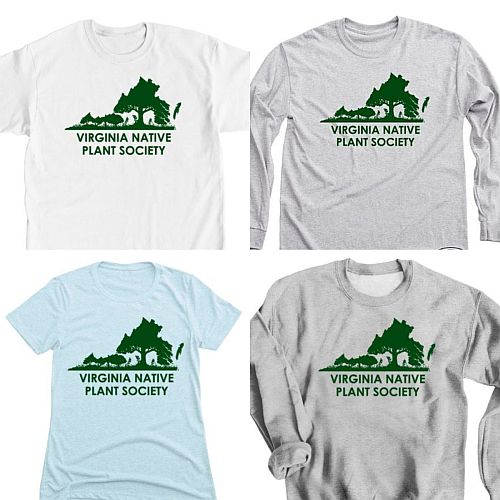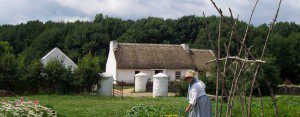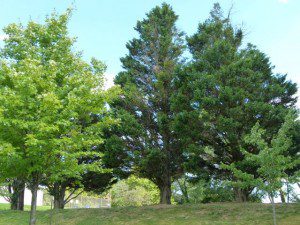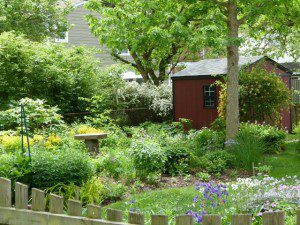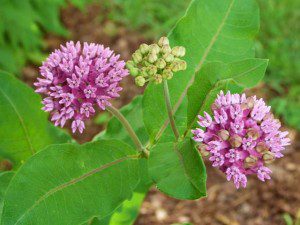News & Updates








• A New Online Dictionary of Virginia Botanical Etymology. This dictionary, compiled and edited by Michael Charters, lists Latin, Greek, and other derivations of botanical and biographic names in Virginia. View the Online Dictionary here. 20 August 2024
Join
Become a Member:
Support Our Mission.
Donate
Support VNPS with
your donation today.
Upcoming Events
Find Field Trips, Meetings, Programs and Plant Sales.
Find a Chapter
Get involved in your
local VNPS chapter.
Generation Y Won’t Garden Because of Fear of Failure?
Millennials, especially the Gen Y batch, are proving a hard target for the nursery industry to get a bead on. They have a fear of failure, said a recent article written for professional growers. Furthermore, the article states that Gen Yers were urged to their best in school every day, (surprise!) to beat the competition;…
Read MoreAdding Land to Cedars Natural Area Preserve
From Chris Ludwig, Chief Biologist, Virginia Division of Natural Heritage: “I understand that we are almost 90% of the way towards our fundraising goal for additional acreage on the tracts to enhance The Cedars Natural Area Preserve in Lee County Virginia. WAY TO GO VNPS!!!! Many of you will never see this preserve; it is…
Read MoreReport From A Tagalong Spouse
Hosting the VNPS Annual Meeting at the Frontier Culture Museum was a great choice. If you haven’t been to the museum, it consists of about twelve exhibits of typical homesteads, (houses, barns, fields, etc.), of the people who originally inhabited North America, including the American Indians and those people who immigrated to the Atlantic coast…
Read MoreRescue, Reclaim, Restore: Annual Meeting 2015
In the unusual setting of a dairy barn, VNPS President, Nancy Vehrs, opened the 2015 Annual Meeting in Staunton with the quarterly gathering of the Board. After the traditional business session, (the nuts and bolts that keep VNPS running), Rod Walker, from the Blue Ridge Partnership for Regional Invasive Species Management (PRISM) was on hand…
Read MoreThe Importance of Preserving Our Natural Areas
This year members of the Virginia Native Plant Society will continue their support of natural area preservation throughout the state. These efforts take place at the local and regional level, and VNPS as a whole will focus on raising funds to support land acquisition to expand the Cedars Area Natural Area Preserve. The importance of…
Read MoreTrees Bring People Together
Last Saturday five concerned groups joined forces to show their appreciation for a small park in the city of Alexandria, a park where the biggest shade trees are in danger of disappearing. VNPS members were joined by Tree Stewards, Master Naturalists, members of the local Gladiators basketball team, the West Alexandria Rotary Club, and the…
Read MoreCan Invasive Plants Be Valuable?
Our Capital Naturalist, Alonso Abugattas, recently took action in response to a misinformed article that ran last week in a Virginia paper touting the benefits of invasive, non-native plants. We thought his comments deserving of a wider audience and he has kindly given us permission to print his letter to the editor of that paper,…
Read MoreNative Moths, Native Plants, Natural Connections
My interest in natural history started with birds – their form, color, shapes, and diversity fascinated me! But then in 1981 I got my Newcomb’s Wildflower Guide and that was all she wrote! Plants were my new love – like birds, there was form, color, shape, and diversity; unlike birds, they kept still! I could…
Read MoreHow To Start A Native Plant Garden
How do I start? Many people wrestle with this question after deciding they want to transform their existing yard into a native plant garden. When Susan and Jim Graham first made that decision they described their existing yard as “ mostly turf grass with an azalea mustache;” a look typical of many of the landscapes…
Read MorePlant Profile: Horseweed, Conyza canadensis
The common name may refer to the size of this plant, a robust, coarse summer annual in the Aster Family. Horseweed grows 1 to 6 feet tall on a stout stem often covered with long white hairs. There are a lot of narrow leaves crowded on the stem, which becomes branched near the top. …
Read MoreThe Right Kind of Pollinator Garden
A couple of reminders, if folks will, regarding pollinator gardens, especially those to attract and host Monarch butterflies: The overarching principle for all ecological restoration plantings (i.e., those involving the correct use of native plants in parks, waterways, and natural areas) is to “Do No Harm” to the native flora, communities, wildlife, and natural landscape…
Read MoreSpecialist Bees Need Special Plants
Sam Droege, USGS Patuxent Wildlife Research Center Biologist, and a bee expert who has studied native bees all around the world, gave a presentation on specialist bees and the plants that support them at the Arlington Library on May 11, 2015. The talk was sponsored jointly by the VNPS Potowmack Chapter, and the Arlington Regional…
Read More



